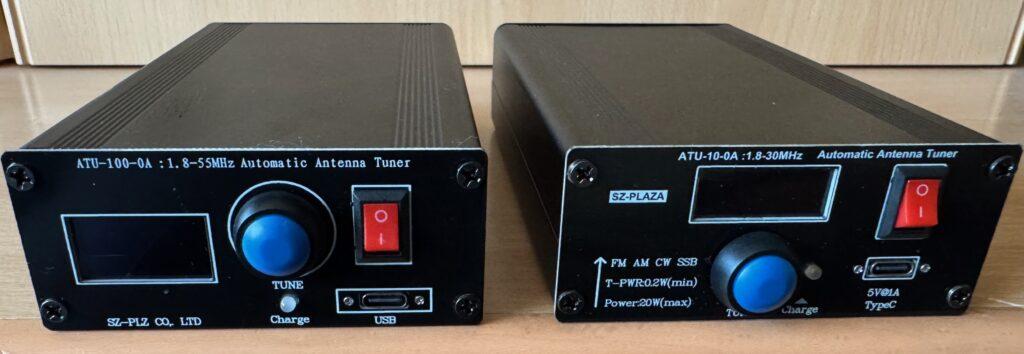The Risks of Buying ATU-100 Tuners Online
It’s clear I’m guilty of performing insufficient research before purchasing these sorts of units online. For those already familiar with the problem, this post simply reinforces what’s already covered in great detail on the internet. In short, don’t buy one off Amazon / E-Bay (or direct from China for that matter), just build one yourself…..
From the outset, let’s be clear, the N7DDC designed ATU-100 class of ATU, if built properly, with decent components is a very worthwhile piece of kit to have, especially when you’re looking for something light to carry around for portable operation. I recently purchased an ICOM IC-705 (more of which in a separate post), and while I’m delighted with the radio, it does lack an ATU. Granted, there are specific ATU’s designed for it, but I was drawn in by a couple of reports of how good the ATU-100-1A was, and how cheap they were.
So I purchased one which was dutifully delivered by Amazon the following day. I think it was about £60. What’s not to like? Well plenty actually, while it powered on, in all other respects it was entirely non-functional, it didn’t even attempt to tune – anything. So that went back for a refund. These things happen I thought. So I decided to purchase another from a different supplier, (well off Amazon at least – I’ve no idea where they source the units from). This time, success! It actually worked fairly well. There was one problem though, and that’s that it had SO-239 connectors and I really wanted BNC. My fault for not noticing what I was buying.
Since I was pleased with the unit’s performance, I decided it may be useful to have a second unit, specifically for portable and to keep the other for use at home. So a second was ordered, only this time with BNC connectors, and direct from China at half the price. All good so far. When the second unit arrived I put it through a few tests, and noticed that while it gave all the appearance of working, in reality it was not actually tuning properly. If the load was 3:1 SWR or better, it just about coped, higher than that, then no chance. The reported SWR on the display was also inaccurate. At this point, I decided to disassemble it and see what was inside. Let’s say I wasn’t impressed. Dry joints, glue smeared across just about everything. The standard of workmanship was very poor. I’ve no way of validating the quality of the components but I suspect not the best, so it’s gone in the bin.
But I still had the SO-239 version to use!. Well so I thought. I came to use it anger yesterday and found that it no longer powers on (which I suppose could be a faulty display), but it won’t tune anything either. This unit was also taken apart only to find similar problems to the one I’d previously looked at. Like the other, it’s also now in the bin.
That’s three units I’ve tried, all of which in one way another have been faulty. Long story short, get quality components and build one yourself! I’m now looking at a ‘proper’ commercial tuner that I can rely on. At a later date, when I’ve time, I will likely try making an ATU-100 for myself.
